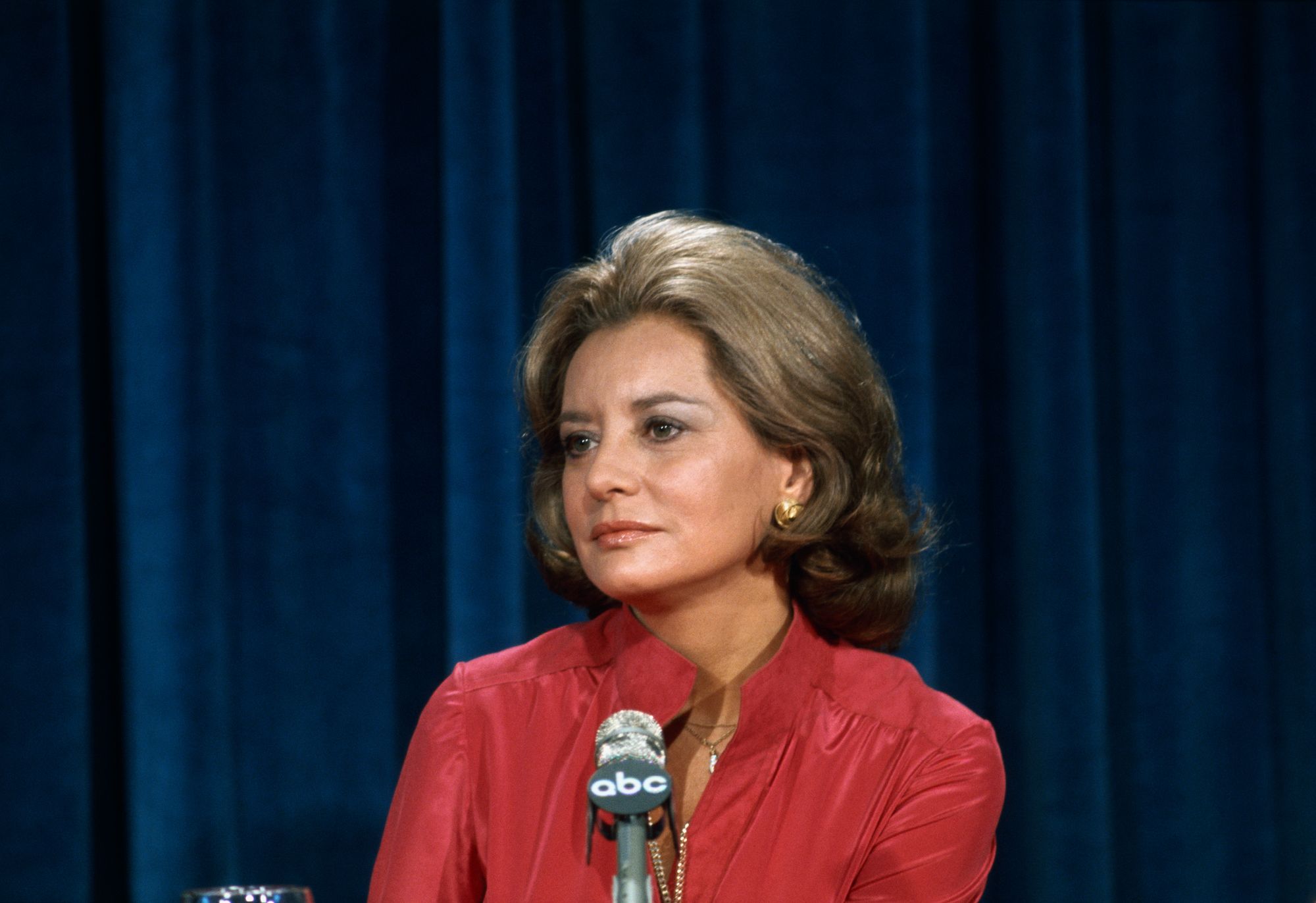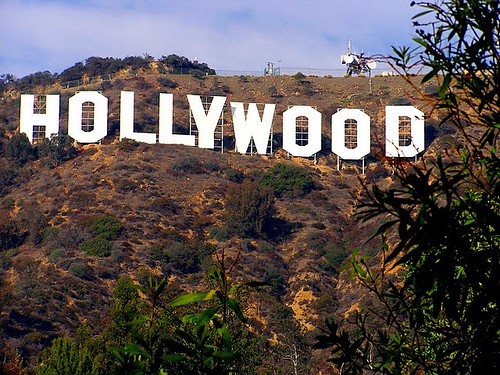
In the dynamic world of Hollywood, where millions are poured into cinematic masterpieces, simply making a great film is only half the battle. The true challenge, and often the key to monumental success, lies in getting audiences into those theater seats. With a seemingly endless stream of new releases vying for attention, traditional advertising alone often isn’t enough to cut through the noise. This is where the magic of viral marketing truly shines, transforming passive viewers into passionate evangelists.
Viral marketing, at its core, is about leveraging audience-generated buzz to amplify a movie’s message, creating a ripple effect that grows exponentially. Whether fueled by genuine curiosity, a shared cultural moment, or the irresistible fear of missing out, heightened buzz almost invariably translates into soaring ticket sales. Over the decades, studios and filmmakers have consistently stretched the boundaries of creativity, employing ingenious tactics that range from subtle whispers to audacious, headline-grabbing stunts, all designed to capture the public’s imagination and draw them into the cinematic experience.
We’re about to embark on an enlightening journey, dissecting some of the most brilliant and effective viral movie marketing campaigns ever conceived. These strategies didn’t just sell tickets; they often redefined what was possible in film promotion, creating legends not just on screen, but also in the world of advertising. From pioneering digital engagement to revolutionizing distribution methods, these examples offer invaluable insights into the art of captivating an audience and ensuring a film becomes an unforgettable cultural event.
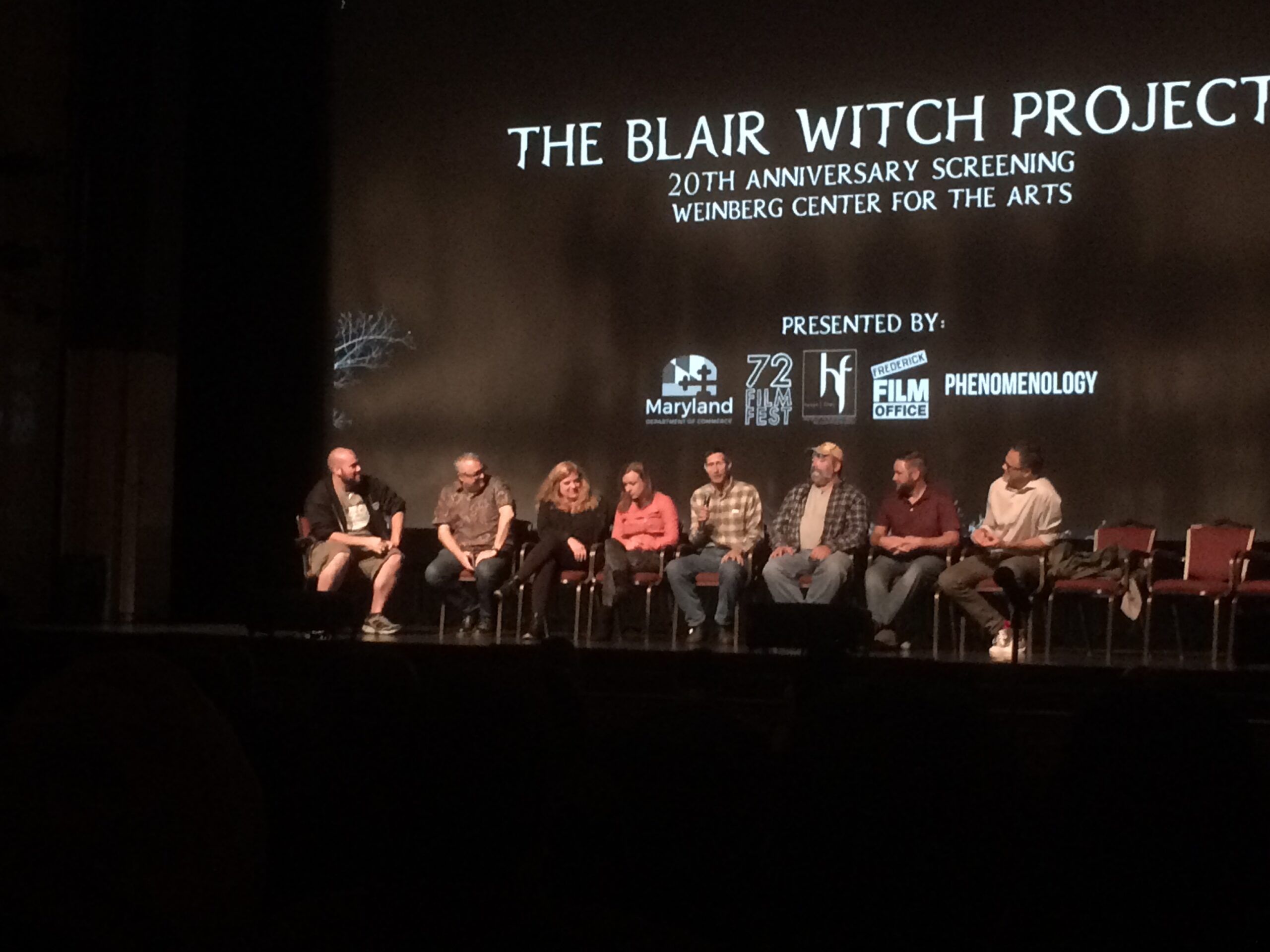
1. **The Blair Witch Project**”The Blair Witch Project” stands as a monumental case study in the power of viral marketing, pioneering an approach that blended fiction with a chilling sense of reality. Released in 1999, this low-budget horror film achieved an astonishing return on investment, transforming a mere $60,000 budget into a global box office haul of $248 million. This incredible success is widely attributed to its groundbreaking marketing campaign, which ingeniously convinced many that the terrifying events depicted on screen were not merely cinematic fiction, but actual occurrences.
The core of this viral phenomenon lay in its commitment to authenticity. Marketers crafted a narrative that extended far beyond the film itself, presenting fake police reports and conducting “interviews” that purported to be with relatives and experts connected to the “missing” filmmakers. These materials were distributed online, notably through an active website that is still accessible today, creating an immersive experience that blurred the lines between documentary and horror.
Many members of the audience were genuinely duped by the convincing nature of this campaign, believing they were watching authentic found footage of a real-life supernatural event. The suspense and speculation generated by these efforts built an unprecedented level of anticipation for the film. It wasn’t until the actors began appearing on news and entertainment programs, revealing the true nature of the project, that widespread doubt began to dissipate, though by then, the film’s legend was already cemented.
This innovative strategy didn’t just sell tickets; it redefined how horror films could be marketed, proving that psychological terror could be amplified exponentially through clever, reality-bending promotion. The Blair Witch Project’s success underscored the immense potential of a well-executed viral campaign, demonstrating that a compelling narrative, extended beyond the screen, could turn a modest production into a global sensation and a cultural touchstone. Its influence is still felt today, as filmmakers continue to explore and expand upon its foundational marketing principles.
Read more about: The 15 Scariest Classic Horror Films of All Time
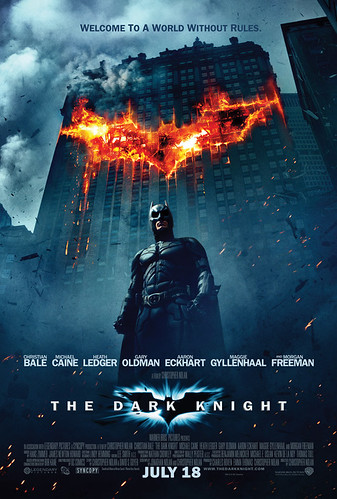
2. **The Dark Knight**Building upon the foundations of online movie marketing established by films like “The Blair Witch Project,” Christopher Nolan’s 2008 masterpiece, “The Dark Knight,” elevated the art of viral promotion to unprecedented heights. This campaign was not merely about advertising a movie; it was presented as an intricate, sprawling puzzle orchestrated by the film’s iconic villain, the Joker, immersing fans directly into the chaotic world of Gotham City before they even stepped into a theater.
The campaign’s complexity was its genius. It comprised a labyrinthine network of various websites, each meticulously designed to reveal snippets of the story or challenge fans with cryptic clues. These digital elements were seamlessly integrated with real-world scavenger hunts, sending dedicated enthusiasts on a quest to uncover pieces of the narrative. Participants were even offered “recruitment” opportunities to join the Joker’s anarchic gang, fostering a deep sense of participation and ownership over the unfolding promotional narrative.
As the campaign progressed, new elements were gradually introduced, including photo reveals and tantalizing trailer premieres, each piece meticulously placed to heighten anticipation and deepen the mystery surrounding the film. While the original campaign websites are no longer active, the dedication of the fanbase led to many of its materials being meticulously archived, a testament to the enduring impact and ingenuity of the promotional effort. The experience was less a marketing blitz and more an interactive narrative, making audiences feel like detectives in Gotham’s darkest hour.
“The Dark Knight’s” viral marketing wasn’t just about generating buzz; it was about creating an unforgettable experience that mirrored the psychological depth and thrilling uncertainty of the film itself. This elaborate, multi-platform approach not only drove immense interest and ticket sales but also garnered critical acclaim for its creativity, establishing a new benchmark for how blockbuster films could engage their audience on a profoundly immersive level. It proved that a film’s world could be brought to life long before its release, blurring the lines between fiction and interactive reality.
Read more about: Revving Up the Reels: The Mind-Blowing Costs and Behind-the-Scenes Secrets of 14 Iconic Car Stunts by Top Action Stars
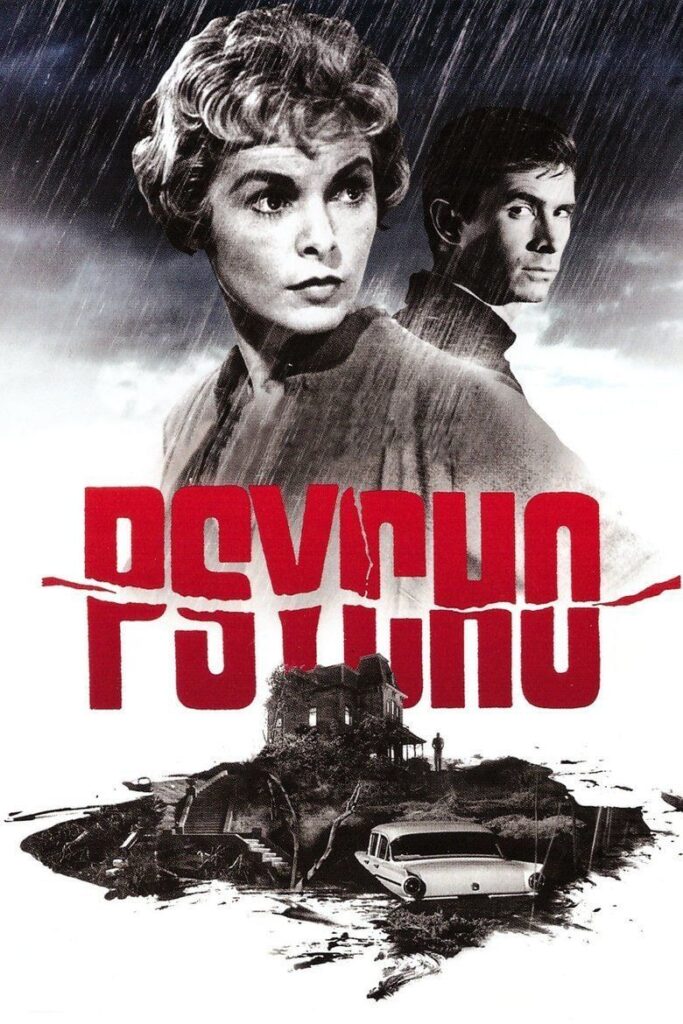
3. **Psycho**Long before the advent of the internet and its myriad marketing opportunities, Alfred Hitchcock, the undisputed master of suspense, was already a pioneer in novel film promotion with his classic 1960 thriller, “Psycho.” His ingenious strategies not only propelled the film to iconic status but fundamentally altered the way movies were distributed in Hollywood, demonstrating that innovation could transcend technological limitations and profoundly influence audience behavior.
Hitchcock’s core insight revolved around preserving the film’s shocking plot twists, particularly the early demise of its lead actress and the surprise conclusion. At the time, Hollywood films traditionally played on a continuous loop, allowing theatergoers to enter at any point during the showing. Hitchcock understood this method would irrevocably spoil his meticulously crafted narrative, stripping it of its suspenseful power and emotional impact for latecomers.
To counter this, Hitchcock famously insisted that theaters enforce “appointment viewing” for “Psycho,” strictly forbidding late admissions. This directive was met with initial resistance from theater owners, who feared it would deter audiences and impact revenue. However, their apprehension quickly transformed into astonishment as long lines began to form outside cinemas, drawn by the unusual distribution method and the celebrated director’s reputation. The very novelty of the restriction piqued audience interest, turning a potential obstacle into a powerful draw.
The success of “Psycho’s” enforced viewing schedule was so profound that it gradually became a widespread practice across the industry. What was once an unconventional demand transformed into a common standard, eventually evolving into the fixed showtime model we take for granted today. Hitchcock’s foresight not only protected his film’s integrity but also revolutionized film distribution, cementing his legacy as a marketing genius who understood audience psychology deeply, long before digital engagement became a buzzword.
Read more about: Sam Moore: The Undeniable Voice of Soul Who Defined an Era and Fought for Its Legacy
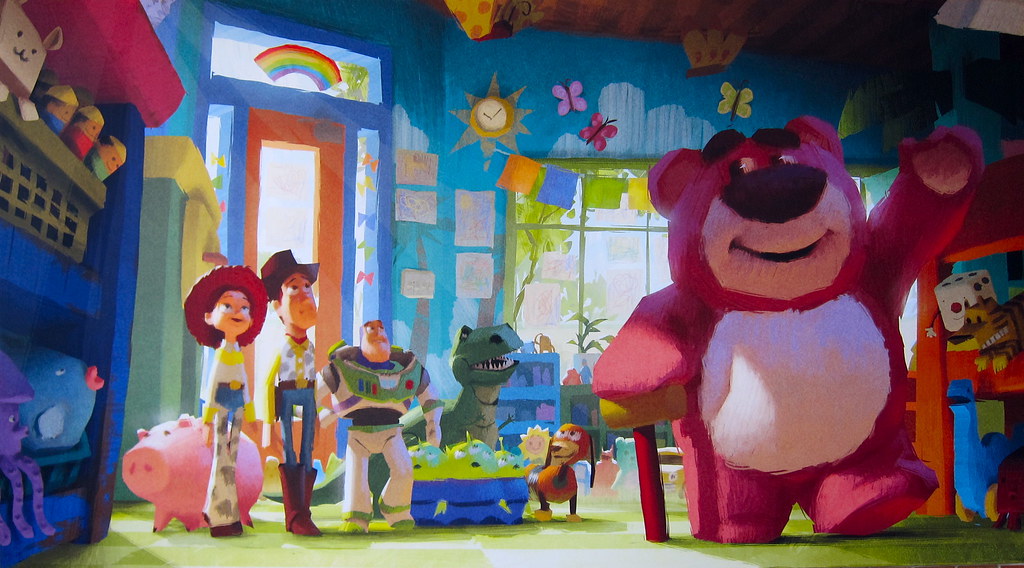
4. **Toy Story 3**Even with the built-in advantage of a beloved franchise and Pixar’s renowned quality standards, “Toy Story 3” demonstrated that a studio should never rest on its laurels when it comes to marketing. Despite its almost guaranteed financial success, the filmmakers went to extraordinary lengths to pull out all the stops, showcasing an immense creative talent that extended far beyond the animation itself and into the realm of clever, nostalgia-driven promotion.
The marketing team ingeniously tapped into the power of nostalgia and brand heritage by creating a dedicated YouTube account designed to showcase “vintage toy commercials.” This wasn’t just a simple compilation; it was an immersive experience, featuring meticulously produced faux 1980s commercials for characters within the “Toy Story” universe. A prime example was the advertisement for Lots-o’-Huggin’ Bear, complete with a jangly theme song and authentic-looking fake VHS tracking interference, perfectly capturing the aesthetic of the era.
This initial domestic commercial was soon followed by an equally charming Japanese counterpart, further expanding the global reach and cultural resonance of the campaign. These fun, highly detailed marketing materials served a dual purpose: they delighted long-time fans with a deep dive into the characters’ “backstories” and introduced new audiences to the whimsical world of “Toy Story” through a familiar, endearing format. It was a testament to Pixar’s dedication to its material and its ability to craft engaging narratives in every aspect of its production.
These meticulously crafted “vintage” ads did more than just promote a film; they reinforced the enduring appeal of the “Toy Story” universe and its characters, making them feel like genuine relics of childhood. By extending the film’s narrative and aesthetic into the marketing, Pixar not only generated immense buzz but also deepened the emotional connection audiences felt with the franchise, ensuring that “Toy Story 3” was not just another sequel, but a highly anticipated return to a cherished world.
Read more about: Are You Driving a ‘Show-Off’ Vehicle? The Top 10 Car Brands Prone to Speeding Tickets
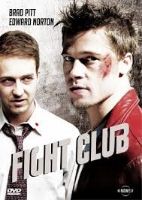
5. **Fight Club**Released in the same year as “The Blair Witch Project,” 1999’s “Fight Club” also deployed a unique and audacious approach to its movie marketing strategy, perfectly mirroring the film’s sardonic, acerbic tone and its penchant for breaking the fourth wall. While the film initially faced financial challenges, its commitment to a distinct, unconventional promotional style has since been recognized as a contributing factor to its eventual cult classic status.
A notable element of its marketing involved the creation of faux Public Service Announcements (PSAs) that were screened in theaters. These weren’t your typical pre-show advertisements; they featured the film’s lead actors, Brad Pitt and Edward Norton, delivering messages that were imbued with the very essence of “Fight Club’s” dark humor and subversive commentary. The “Narrator PSA” and “Tyler Durden PSA” served as a brilliant pre-taste of the film’s distinctive voice, immediately signaling its departure from conventional storytelling.
These PSAs didn’t shy away from challenging audience expectations or from directly addressing them, echoing the film’s own themes of societal disillusionment and consumerism. By breaking the fourth wall even in its promotional material, “Fight Club” cultivated an air of provocative self-awareness. This strategy helped to establish the film’s controversial and thought-provoking reputation long before its official release, attracting an audience receptive to its unconventional narrative.
While “Fight Club” may not have been an immediate box office smash, the filmmakers’ unwavering commitment to the tone and world of the story, as exemplified in these unique marketing tactics, played a crucial role in its enduring appeal. It demonstrated that even an initially polarizing film could find its audience and achieve lasting cultural significance through marketing that was as bold and uncompromising as the cinematic work itself. This cult status is a testament to the power of consistent branding, even in the promotional phase.
Read more about: Sam Moore: The Undeniable Voice of Soul Who Defined an Era and Fought for Its Legacy
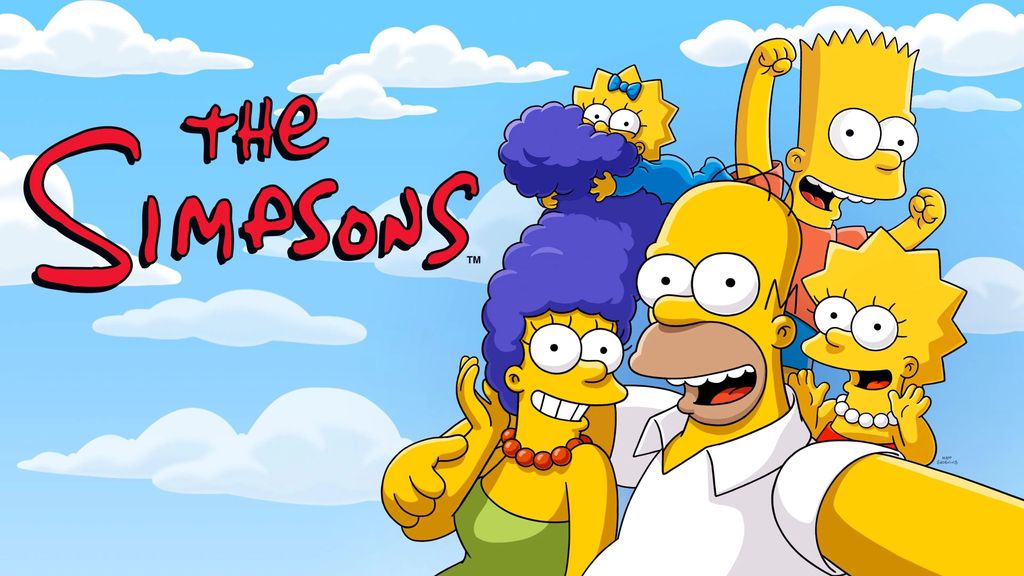
6. **The Simpsons Movie**After nearly two decades gracing television screens, “The Simpsons” had cultivated an enormous and incredibly devoted fanbase, making the prospect of a long-awaited feature film a source of immense excitement. Recognizing this deep-seated affection, 20th Century Fox implemented an incredibly inventive and highly successful film marketing tactic: transforming real-world 7-Eleven stores across the country into mock-ups of Springfield’s iconic Kwik-E-Mart convenience stores.
This brilliant strategy went far beyond mere window dressing. Participating 7-Elevens were meticulously rebranded with Kwik-E-Mart signs, complete with familiar slogans and the cartoon’s distinctive coloration on their exteriors, instantly making them recognizable to fans. Inside and outside the stores, life-size decals of beloved “Simpsons” characters greeted customers, creating an immersive experience that felt like stepping directly into the animated world.
Perhaps the most engaging aspect of this campaign was the introduction of actual products from the “Simpsons” universe onto store shelves. Fans could purchase Squishies, the notoriously sweet frozen drinks; Buzz Cola, the family’s preferred soda; Krusty-O’s cereal; and, of course, the iconic Pink Donuts. These tangible tie-ins allowed fans to literally taste and touch the world of Springfield, turning a simple trip to the convenience store into a delightful, interactive promotional event.
The marketing efforts proved to be a resounding success for both 7-Eleven and the studio. 7-Eleven reported a substantial 30% increase in profits during the campaign, demonstrating the immediate commercial benefit of such a unique partnership. For the studio, the widespread buzz and goodwill generated contributed significantly to “The Simpsons Movie” grossing over $527 million worldwide, showcasing how creative, immersive branding can successfully leverage a pre-existing, massive fanbase to achieve blockbuster financial and critical success.
Read more about: Jay North, the Enduring Spirit of ‘Dennis the Menace’ Star, Dies at 73: A Comprehensive Look at His Tumultuous Journey and Lasting Impact
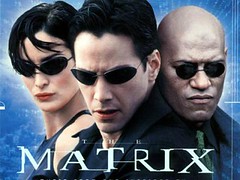
7. **The Matrix**“What is the Matrix?” This enigmatic question first captivated audiences during the Super Bowl in 1999, introducing the world to an upcoming film that would redefine science fiction cinema. The initial advertisement was a masterclass in tantalization, showcasing captivating highlights from “The Matrix” while deliberately posing questions about its innovative approach and immersive world.
Following this powerful Super Bowl ad, curious film fans flocked to their computers, eagerly searching for whatisthematrix.com. This dedicated website served as an early, pivotal example of online marketing for film, offering more enticing tidbits and expanding on the mysterious themes hinted at in the television spot. It was a novel way to engage an audience on a deeper level.
The website’s content was carefully curated to generate significant buzz, perfectly complementing the high-tech narrative of the film. By providing a digital space where viewers could delve further into the philosophical and technological underpinnings of “The Matrix,” the campaign fostered a sense of discovery and intellectual engagement that resonated with its target demographic.
This early foray into integrated online marketing proved highly effective, demonstrating that a film’s world could extend beyond the screen into an interactive digital experience. It not only built anticipation for the film’s release but also seamlessly dovetailed with its themes, establishing “The Matrix” as a cultural phenomenon rooted in both cinematic innovation and cutting-edge promotion.
Read more about: Revving Up the Reels: The Mind-Blowing Costs and Behind-the-Scenes Secrets of 14 Iconic Car Stunts by Top Action Stars
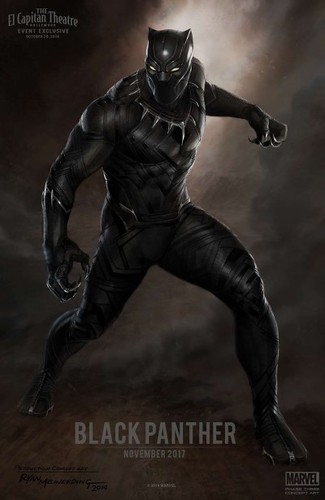
8. **Black Panther**In 2018, Marvel Studios released “Black Panther,” its eighteenth movie, which transcended the superhero genre by focusing on critical issues of race and identity, portraying life in both Africa and America. The film was a significant step forward for representation, featuring a predominantly Black cast and Marvel’s first Black director, Ryan Coogler, resonating deeply with diverse demographics.
Recognizing the film’s profound cultural significance, its marketing efforts extended beyond traditional advertising to embrace its core message. Frederick Joseph, a New York marketer, took an innovative approach by raising money to enable the Harlem Boys and Girls Club to attend screenings. This initiative underscored the film’s positive impact and its importance for young, often underserved, audiences.
Joseph then further amplified this effort by organizing a GoFundMe campaign on behalf of the Harlem Boys and Girls Club, aiming to allow even more children to experience the film. In just a matter of days, the campaign successfully raised thousands of dollars, resulting in 300 children being able to see the movie. This organic, community-driven effort became an unexpected yet incredibly effective piece of marketing.
Beyond grassroots efforts, the studio itself undertook strategic promotional activities to highlight the film’s positive qualities. This included airing TV spots during programs known for high African-American viewership, such as the NBA Finals. By embracing and celebrating Black culture and representation, “Black Panther” resonated powerfully with audiences, contributing to its status as a cultural phenomenon and its grossing over $1.3 billion worldwide.
Read more about: Unpacking the Method: The Extreme Techniques and Divisive Practices of Method Acting That Sparked On-Set Drama

9. **IT**The 2017 adaptation of Stephen King’s bestselling novel, “IT,” proved to be a monumental success, becoming the highest-grossing horror film and topping the list as the most trending movie of the year. This achievement was not solely due to the source material or the film’s quality, but also heavily supported by a multi-faceted and highly effective viral marketing campaign that tapped into both digital and fan engagement.
Prior to its release, the official website for “IT” was launched in 2016, serving as a central hub for promotional content. This site provided eagerly anticipated trailers, an extensive picture gallery, various video clips, and even an 8-bit game titled “IT: Enter the Sewer.” These digital offerings allowed fans to immerse themselves in the film’s world long before it hit theaters, building significant anticipation.
The marketing team also made extensive use of social media, creating dedicated accounts across different platforms. These channels were consistently updated with terrifying images and unsettling captions, specifically designed to generate buzz and maintain a constant, chilling presence in the digital sphere. This strategy kept Pennywise, the iconic villain, at the forefront of online conversation.
Further enhancing the campaign, the film’s director, Andy Muschietti, actively engaged with fans by sharing behind-the-scenes posts of his sketches, cast photos, and props from the film. This direct connection offered a personal touch, cultivating interest from dedicated fans and casual viewers alike. All these integrated aspects expertly leveraged the powers of social media and established fandom, ultimately propelling “IT” to its immense critical and financial success.
Read more about: The Ultimate Guide: 14 Must-Try Chinese Restaurants Redefining L.A.’s Culinary Scene
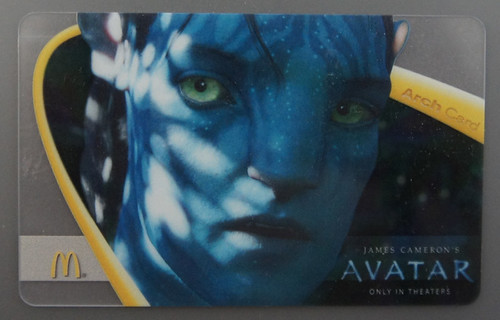
10. **Avatar**“Avatar” stands as a cinematic landmark, holding the title of the highest-grossing film of all time, largely due to its groundbreaking 3D experience and a shrewd marketing strategy. Director James Cameron meticulously controlled the release of information prior to the 2009 premiere, deliberately cultivating an aura of mystery around the film that proved incredibly effective in building anticipation.
This strategic, mysterious presentation of “Avatar” left potential viewers intrigued and immensely curious about the cinematic marvel they were about to witness. By withholding extensive details, Cameron ensured that every piece of information released felt significant, making fans increasingly anxious and eager to experience the film upon its highly anticipated debut. The secrecy itself became a powerful draw.
Cameron also pioneered the trend of exclusive, invite-only events designed to offer select fans a sneak peek into the world of Pandora. During these carefully orchestrated gatherings, additional information was divulged, not just about the film itself, but also about upcoming “Avatar” toys and video games. This multi-platform approach was a brilliant tactic to further increase buzz and generate a robust, widespread online response.
The foresight and execution of these marketing efforts demonstrably paid off, leading to “Avatar’s” unprecedented success at the box office and its enduring cultural impact. By treating information as a precious commodity and creating exclusive experiences, the campaign transformed passive interest into a fervent desire to be part of the cinematic event, setting a new benchmark for blockbuster promotion.
Read more about: Matt Damon’s Million-Dollar Decisions: Inside the ‘Avatar’ Miss, Early Financial Fails, and Hollywood’s Evolving Economy
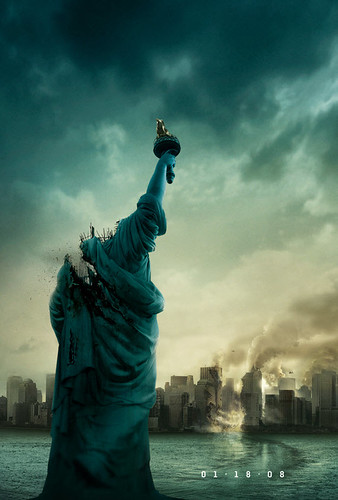
11. **Cloverfield**Producer J. J. Abrams is renowned for his ability to craft narratives and marketing campaigns around a “mystery box” approach, expertly building intrigue alongside spectacle. This distinctive strategy was deployed with immense success for the 2008 Matt Reeves film, “Cloverfield,” transforming its promotion into a tantalizing puzzle for audiences.
The campaign’s initial striking move was the release of a trailer shown before “Transformers.” This teaser featured jarring, provocative shaky-cam footage that offered no real information about the film’s plot, characters, or even its title. The only clear detail provided was the release date, a deliberate omission designed to generate intense interest and rampant speculation among viewers.
As time progressed, an elaborate online campaign began to meticulously trickle out details, further fueling the mystery. A standout feature was a phone number provided to fans, allowing them to download a ringtone of the film’s monstrous roar. This interactive element deeply engaged the audience, transforming them from passive observers into active participants in uncovering the film’s secrets.
These inventive and highly strategic efforts proved incredibly successful, with “Cloverfield” going on to be highly profitable. The film’s unique marketing not only secured its financial triumph but also laid the groundwork for an anthology series, demonstrating the enduring power of a well-executed “mystery box” approach in captivating an audience and creating a lasting franchise.
**The Art of the Unforgettable: Crafting Enduring Buzz in a Crowded Market**
Read more about: Your Ultimate Guide to the 8 Most Epic Superhero Movies Crashing Into Theaters in 2025!
From pioneering digital engagement to revolutionizing distribution methods and crafting immersive real-world stunts, the landscape of viral movie marketing is a testament to boundless creativity and strategic innovation. The studios and filmmakers behind these campaigns understood that in an ever-more saturated market, simply producing a great film is only the first step. The true mastery lies in capturing the collective imagination, transforming anticipation into a shared cultural moment, and compelling audiences to experience the magic on the big screen. These ingenious tactics, whether low-budget wonders or blockbuster spectacles, illustrate that the art of movie promotion is not just about selling tickets—it’s about creating legends, making films unforgettable, and ensuring their stories echo far beyond the credits roll.



